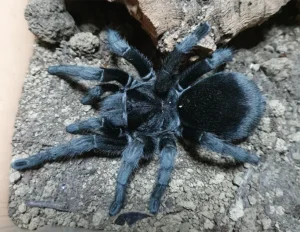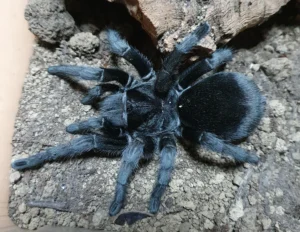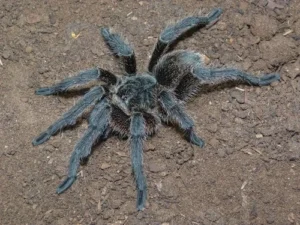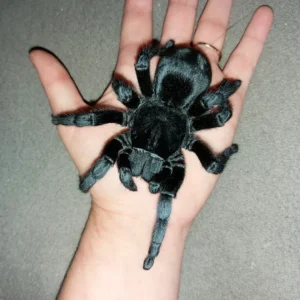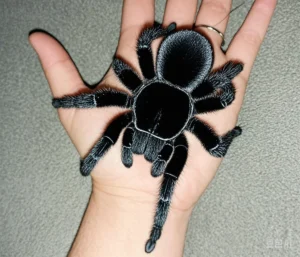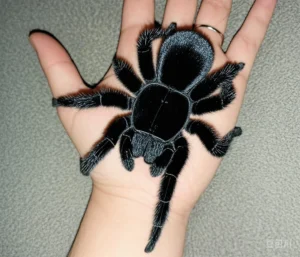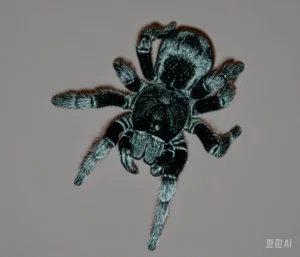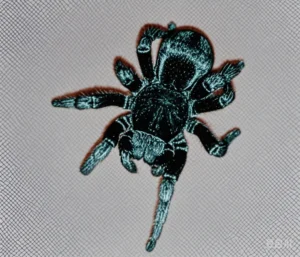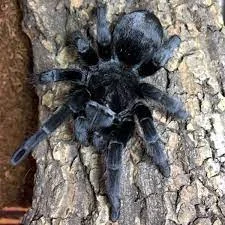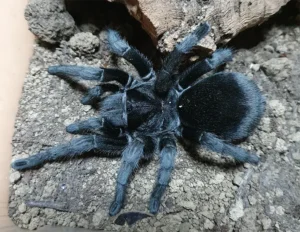Tarantula Science
The Genetic Diversity of Grammostola pulchra Populations Across South America
Introduction: A Species Spread
*Grammostola pulchra*, the Brazilian Black Tarantula, is primarily known from southern Brazil and Uruguay. While often considered a single, relatively uniform species in the pet trade, wild populations distributed across this geographic range likely possess varying degrees of genetic diversity. Understanding this diversity is crucial for appreciating the species’ evolutionary history, adaptability, and potential conservation needs.
Geographic Range of G. pulchra
The native habitat of *G. pulchra* consists mainly of grasslands and scrublands in southern Brazil (particularly the state of Rio Grande do Sul) and extending into Uruguay. This region features distinct environmental conditions and potential geographical barriers (like rivers or changes in habitat type) that could influence gene flow between different populations.
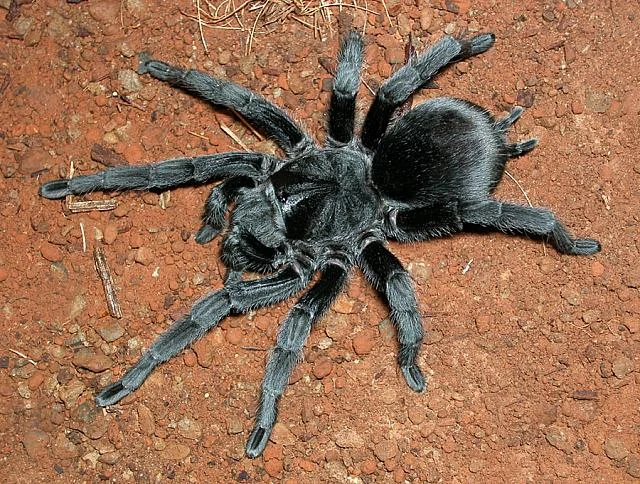
Factors Influencing Genetic Diversity
Several factors can shape the genetic landscape of *G. pulchra* populations:
- Geographic Isolation: Physical barriers might prevent tarantulas from different areas from interbreeding, leading to genetic divergence over time.
- Habitat Fragmentation: Human activities, such as agriculture and urbanization, can break up continuous habitats, isolating populations and reducing gene flow.
- Natural Selection: Different local environmental pressures (e.g., climate variations, predator types) might favor certain genetic traits in specific areas.
- Genetic Drift: Random fluctuations in gene frequencies can be more pronounced in smaller, isolated populations.
- Dispersal Ability: Tarantulas, especially females, are often sedentary. Their dispersal ability influences how effectively genes are exchanged across the landscape. Studying Brazilian black tarantula genetics can reveal patterns related to these factors.
Potential Population Variations
While comprehensive genetic studies specifically mapping *G. pulchra* diversity across its entire range might be limited, it’s plausible that subtle variations exist. These might manifest as slight differences in adult size, growth rate, or even minor color nuances (though *G. pulchra* is famed for its consistent black coloration). Without detailed molecular studies, it’s difficult to quantify the extent of this diversity. Hobbyists sometimes report perceived differences between *G. pulchra* originating from different localities, but scientific confirmation through genetic analysis is often lacking.
Conservation Implications
Genetic diversity is fundamental to a species’ long-term survival. High diversity provides the raw material for adaptation to changing environments. If certain populations are found to be genetically distinct or isolated, they might warrant specific conservation attention. Understanding population structure helps in managing potential threats like habitat loss and ensuring the preservation of the species’ full genetic heritage. According to the IUCN, assessing genetic diversity is an important component of evaluating a species’ conservation status, although many invertebrates like tarantulas remain understudied.
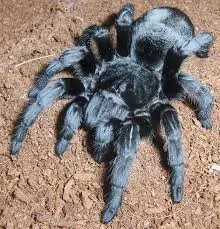
Future Research Directions
Future research employing molecular techniques like DNA sequencing (e.g., mitochondrial DNA, microsatellites) across multiple wild populations of *G. pulchra* would be invaluable. Such studies could map genetic relatedness, identify distinct population units, estimate gene flow levels, and provide a robust baseline for monitoring the species’ genetic health over time. This information is key to truly understanding the hidden diversity within this popular tarantula species.
General principles of population genetics and conservation biology inform this discussion. Specific genetic data for G. pulchra populations may require further specialized research.

